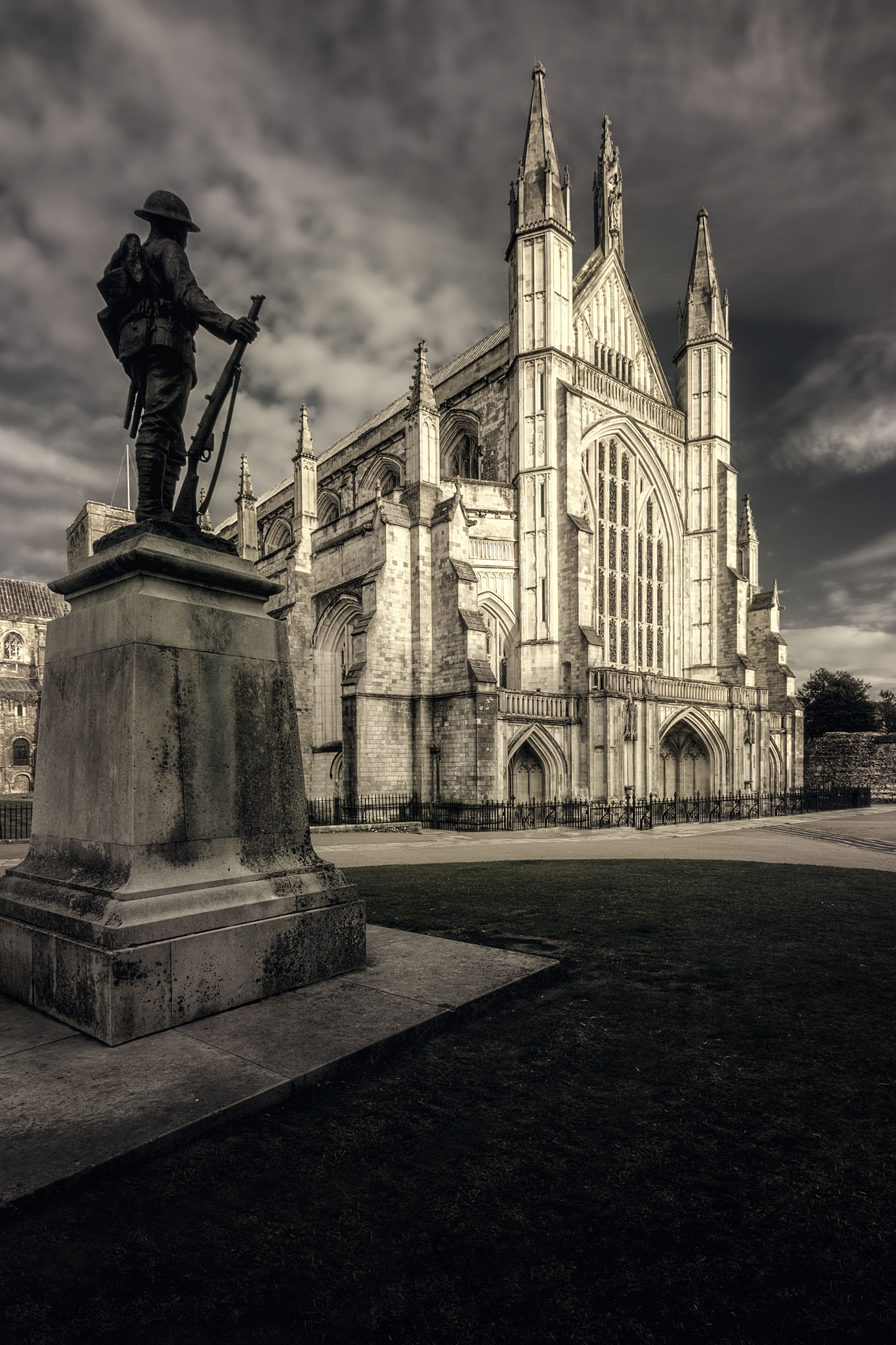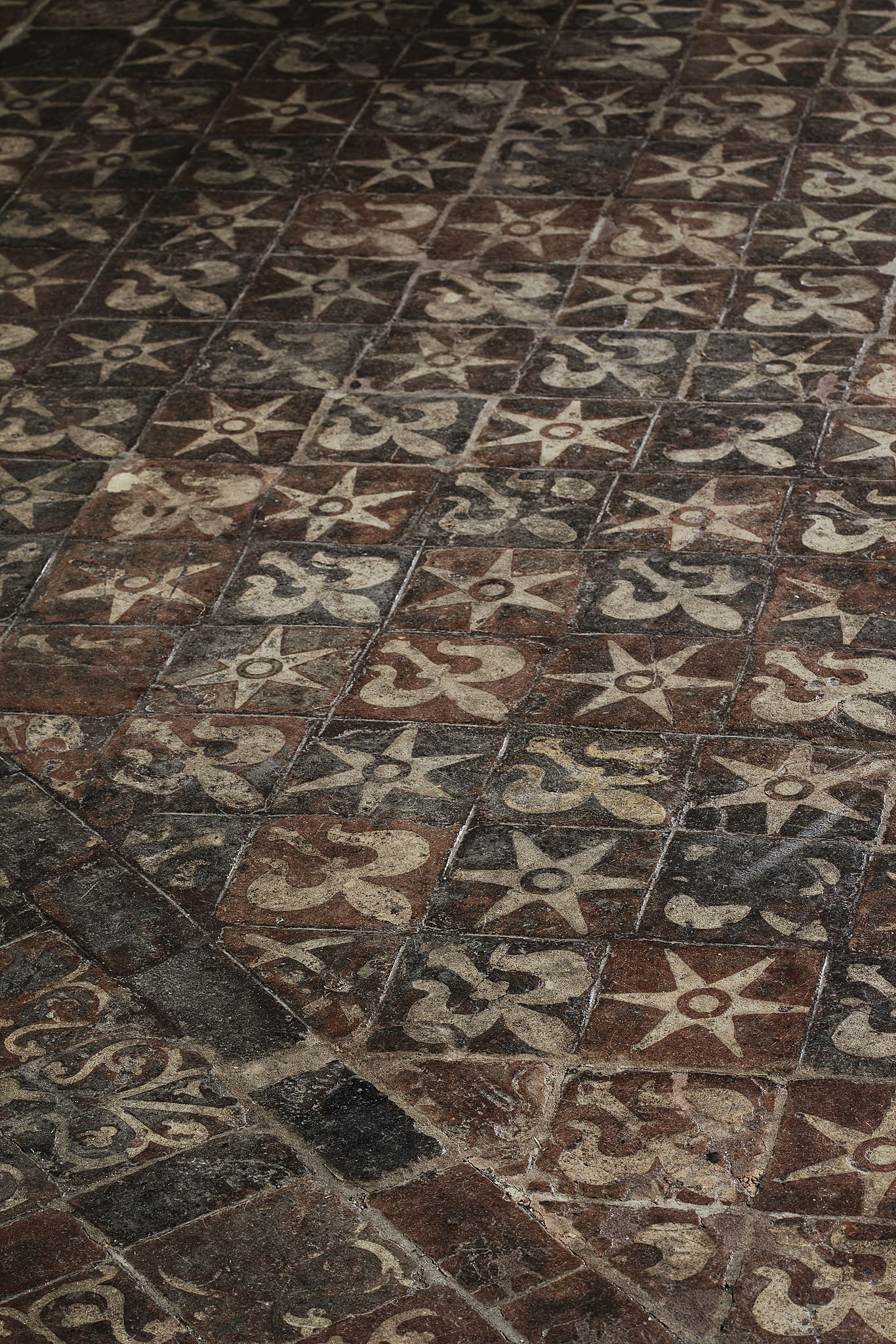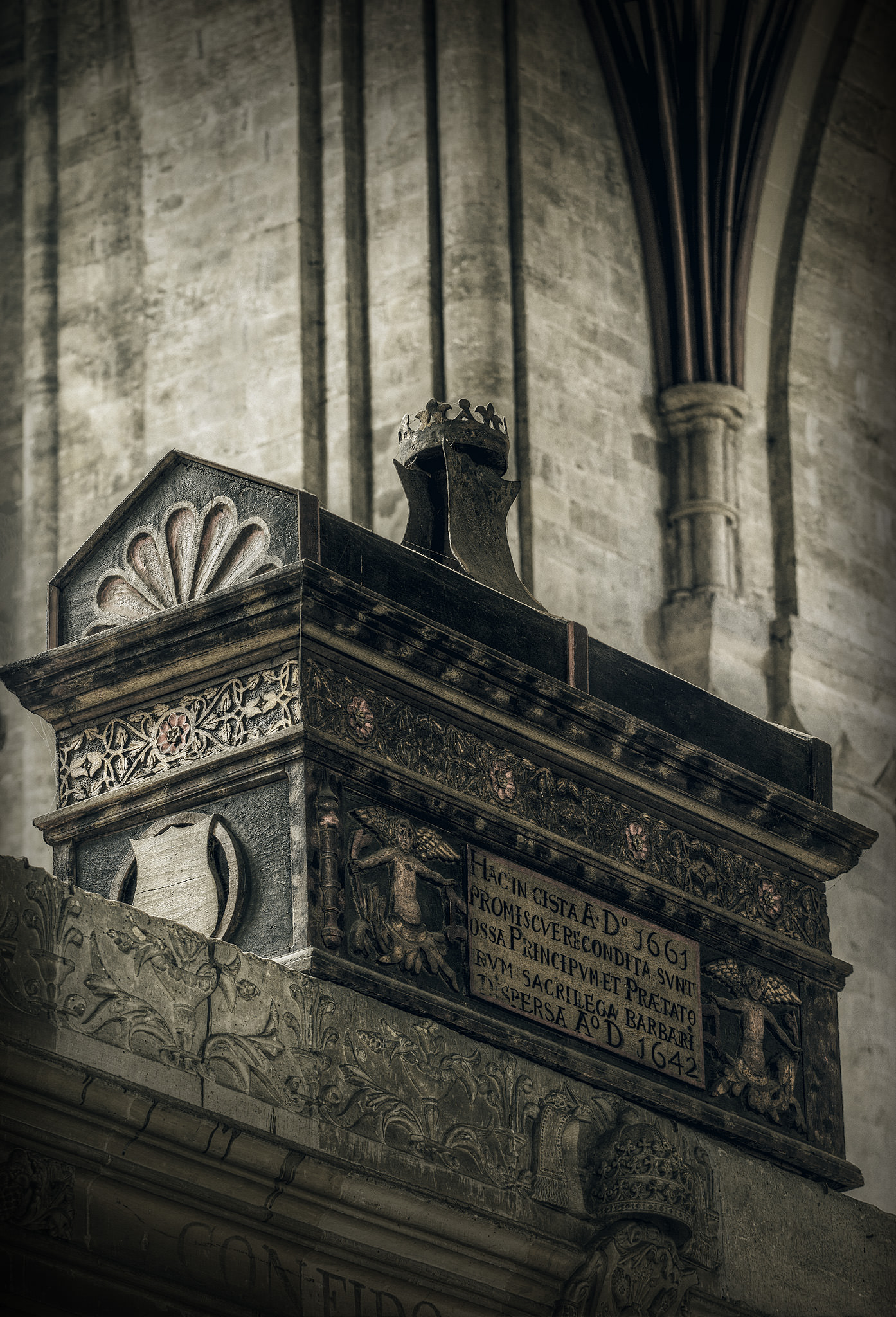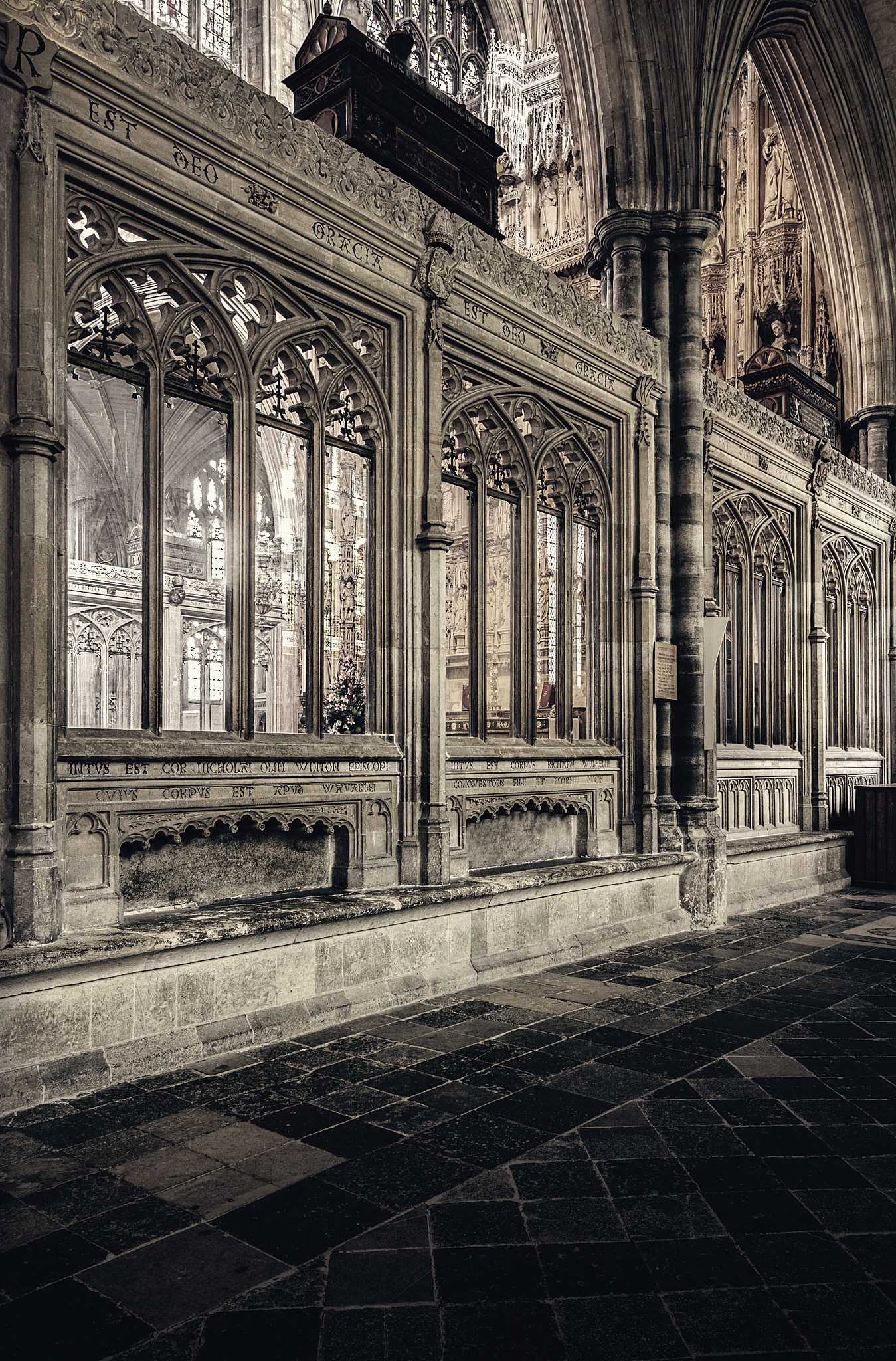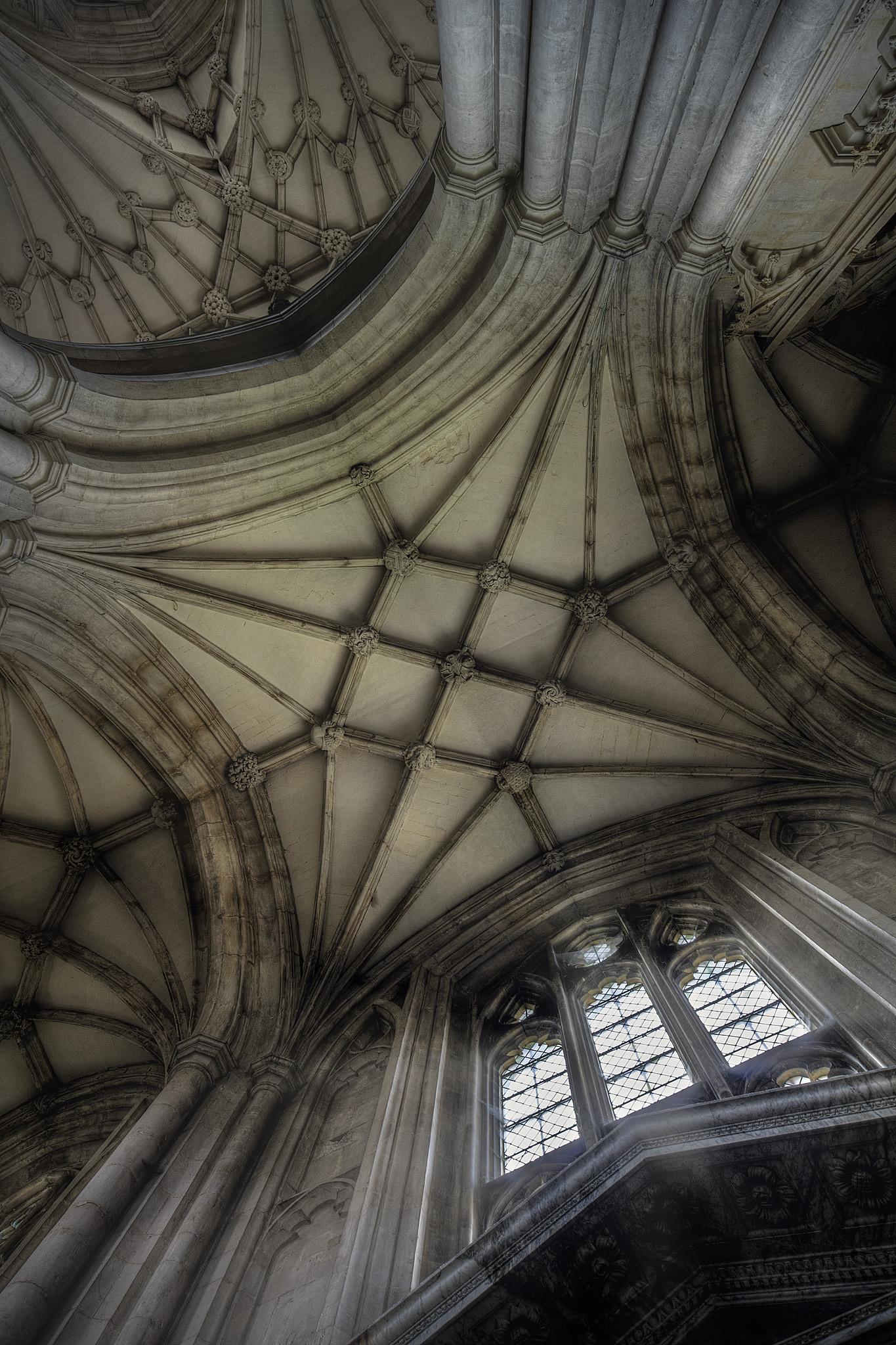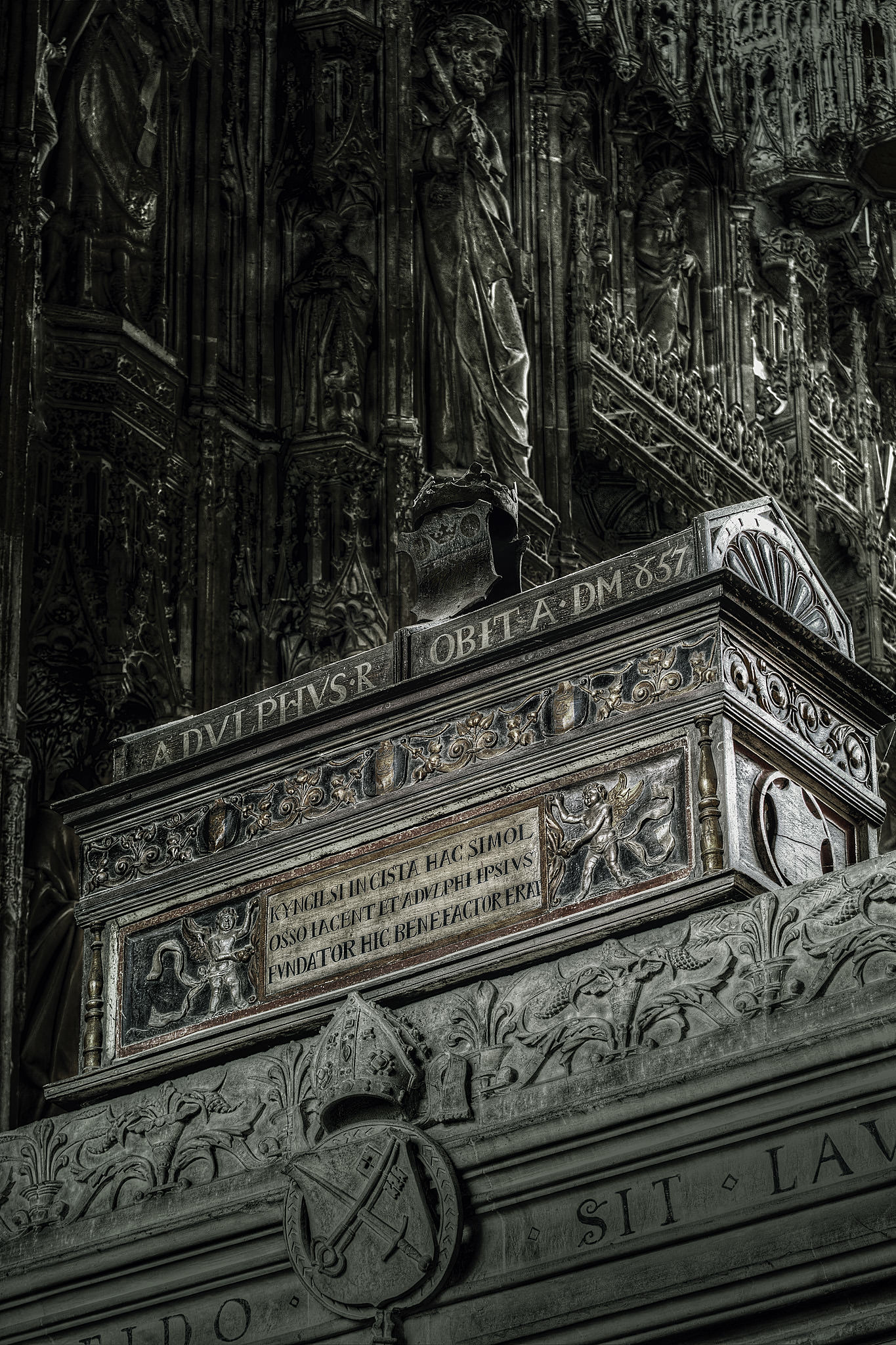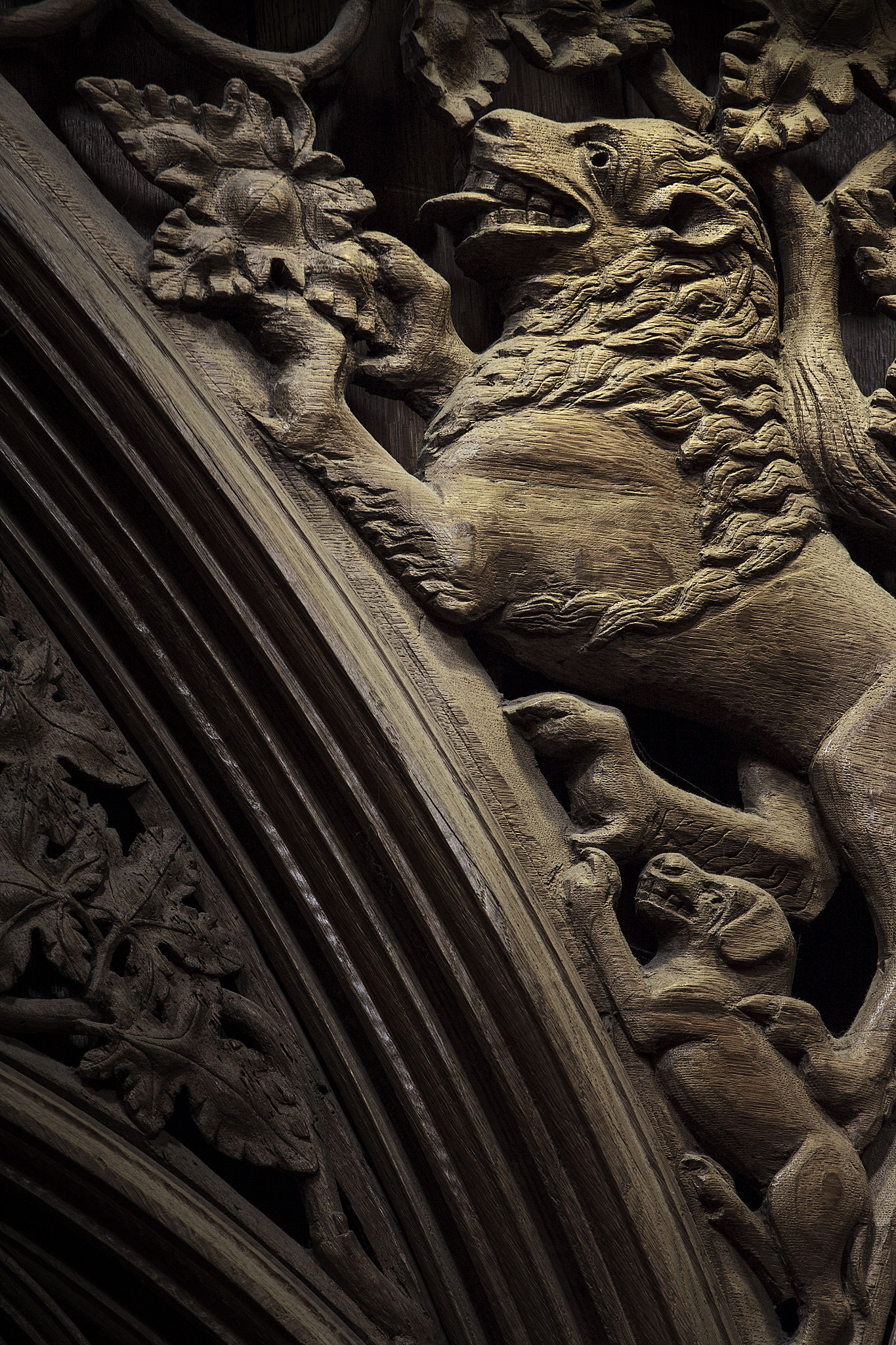Winchester Cathedral, South East England
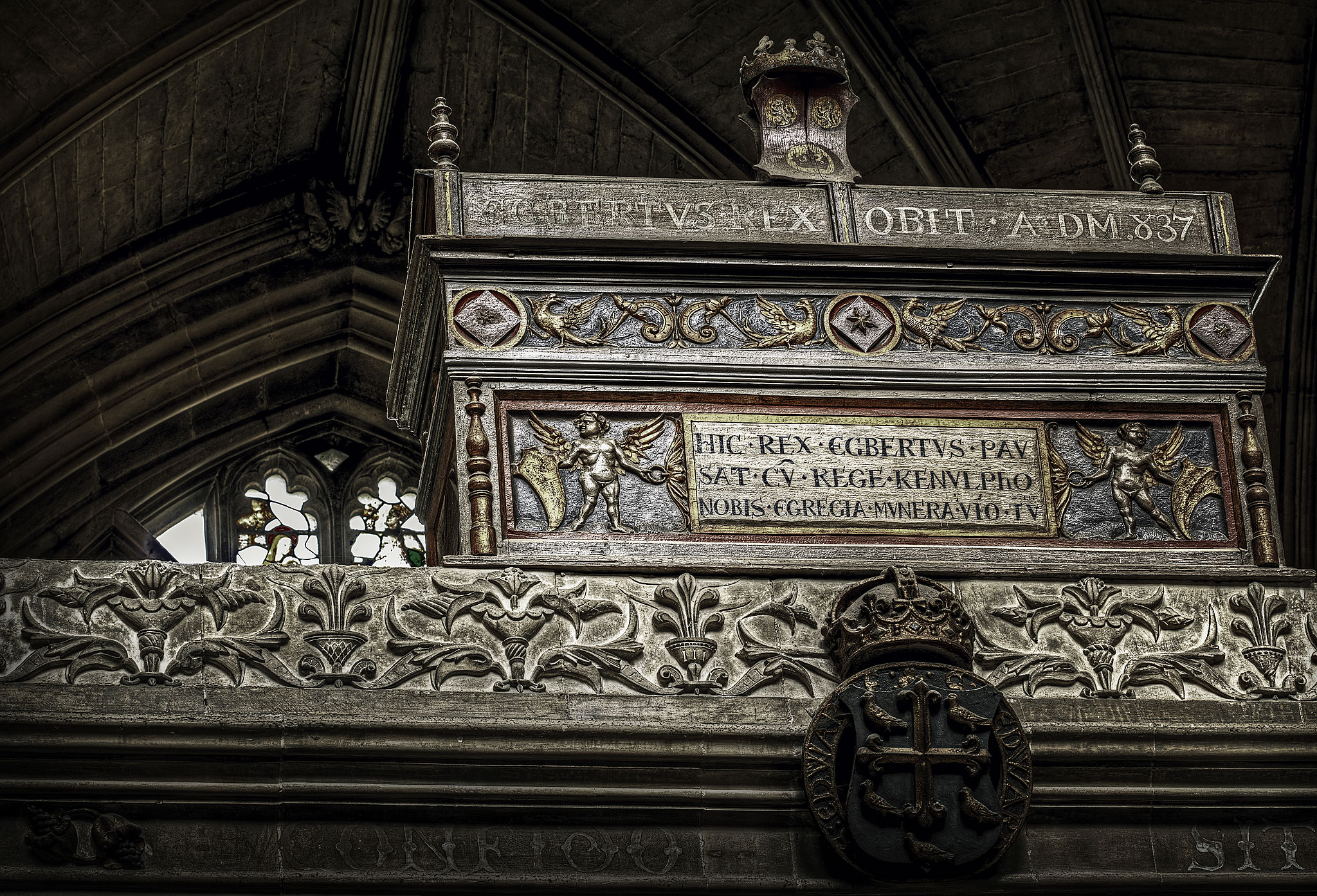
It is said that Christianity was brought to Winchester in 635 when Cynegils, King of the West Saxons was converted to Christianity by St. Birinus. It was his son Cenwalh who built a Minster Church in Wintanceaster (the original spelling of Winchester) near the centre of his kingdom. In the 670’s Bishop Haeddi transferred there and Winchester became both the Royal and the Ecclesiastical centre of Wessex.
St. Swithun (also spelled Swithin), was Bishop of Winchester and tutor to the young King Alfred the Great, as well as advisor to Alfred’s father Aethelwulf. Legend says that it was Swithun’s wish that upon his death he be buried outside, so the “passers by might tread on his grave and where the rain from the eaves might fall on it.” His wishes were initially granted, after his death and he was buried in the churchyard.
When the old Minster was enlarged in 971, St. Swithun’s remains were moved inside. According to legend, it then rained non-stop for 40 days. In Britain we now call this November. The calendar dates have moved but I’m not sure they moved that far, as St. Swithun’s day is the 15th of July.
The shrine of St. Swithun was located behind the alter, at the east end of the Cathedral. His bones were so popular that pilgrims visited in their droves. A tunnel was created at the cathedral called the Holy Hole. This went under the shrine so that devoted pilgrims could crawl under the shrine and get as close as possible to the holy remains.
When Alfred became King of Wessex he made Winchester his capital and decided to built a New Minster to the north of the old one. He died in 899 before it was completed.
When King Alfred the Great died he was buried in the Old Minster but moved later to the new Minster, which was completed by his Son Edward the Elder in 901. Eventually all of the old kings, and bishops bones were moved from the old church to the new cathedral.
In the 960’s Bishop Ethelwold reformed the Old Minster, introducing Benedictine monks in place of secular canons. The monastery became known as St. Swithun’s Priory and continued for the next 600 years.
By the year 1000 the Old Minster was one of the largest churches in England, but in 1070 the Saxon Bishop was replaced by a Norman. Bishop Walkelin was given the role and he was also given the task of replacing the Old Minster with an even larger cathedral in the Romanesque style.
Work on the new cathedral began in 1079. Stone was brought from the Isle of Wight and roof timbers were taken from the oak forests of Hampshire. Legend says that Walkelin persuaded the king to allow him as much timber from the Royal Wood of Hempage as could be felled in three days and nights. He sent an army of carpenters to strip the wood much to kings displeasure.
The old minster was left standing while the church was being built. The first dedication of the new Cathedral was in 1093. At this time St. Swithun’s relics were carried into the cathedral. The old minster was soon demolished and the new Cathedral nave was built right over where the old minster had stood.
When William Rufus died in the New Forest while hunting in 1100, he was buried beneath the tower crossing of the cathedral. In 1107 the tower collapsed upon his remains, this caused concern that God disapproved of the unpopular King’s new resting place. His grave is still marked there today.
A document dating from the 13th Century states that: ‘In the year of our Lord 1158, Henry, Bishop of Winchester, caused the bodies of the Kings and Bishops to be brought from the Old Minster into the new church, which were removed from an unseemly place and placed together in a more respectful manner around the altar of the blessed Apostles Peter and Paul.
Winchester contains the largest amount of 13th Century medieval tiles in England.
The monastic choir played an important role in the life of the monks. It was here they sang the seven daily offices and the night office of Mattins. At Winchester the choir stalls date from the early 14th Century and are thought to be the creation of a Norfolk carpenter, William Lyngwode.
The carvings in the choir stalls depict an enchanted forest of scrolling leaves, where lions, monkeys and other beasts roam. The choir was formerly separated from the nave by a plupitum (choir screen).
It was Bishop William of Edington who rebuilt the nave in the mid-14th Century. There is some speculation that this decision may in part have been related to the 11th Century cathedral suffering from subsidence. The west front dates from this period, with the work being completed by his successor William of Wykeham.
The nave at Winchester is 558 feet long and remains the longest medieval nave in the world.
Wykeham hired the architect William Wynford who devised a plan to recreate the 11th century Norman piers of the cathedral by altering them instead of rebuilding. This would be more economical and be able to be completed in a fraction of the time. This was achieved by first cutting the Normal stones while in their position. The elevations were altered from three stories to two by knocking out the heads of the Norman arcade and resetting the arches at the higher point to create a perpendicular arch. The entire nave was also re-vaulted at this time.
One of the chantry chapels at Winchester is that of Henry Cardinal Beaufort who was Bishop of Winchester from 1404-1447. He was the son of John of Gaunt, Duke of Lancaster and half-brother to King Henry IV. He also served as Chancellor of England. When he died he left part of his fortune to the cathedral which helped pay for the creation of the great screen behind the high alter.
The presbytery contains the mortuary chests of the remains of Saxon kings and bishops. When parliamentary troops sacked the cathedral during the Civil War they used these bones and missiles to break the stained glass windows.
There were originally eight mortuary chests but during the Civil War two of the chests were destroyed. The bones which had been scattered around the cathedral could not be placed back together accurately but they were placed back into the 6 remaining chests.
Some of the Saxon kings who are reputed to be buried here are Cynegils, Cynewulf, King Egbert, King Ethelwulf, King Canute, King Alfred the Great, and his son Edward the Elder and King Edred the grandson of King Alfred. As well as Queen Emma, the daughter of Richard I, Duke of Normandy and wife to King Ethedred and King Cnut.
It is also believed that the mortuary chests contain the remains of the Anglo-Saxon Bishops Wini and Alfwyn.
A investigative program of works is currently being carried out on the bones in the chests. Preliminary findings from radiocarbon dating reveal that the bones originate from the late Anglo-Saxon and early Norman eras. It is hoped that further investigations will reveal the dates in which they lived as well as their sex, statue and age at death.
The University of Bristol anthropologists have recently announced that the chests actually contained the remains of at least 23 people, two of which were the unexpected remains of adolescent children who died between the mid 11th and late 12th centuries.
Queen Mary I was married to Philip of Spain in Winchester Cathedral on the 25th of July 1554.
Unfortunately, no part of the cathedral Walkelin built survives today above foundation level. The cathedral has been built, rebuilt and expanded throughout the medieval period.
The great screen behind the altar dates from the 15th Century.

